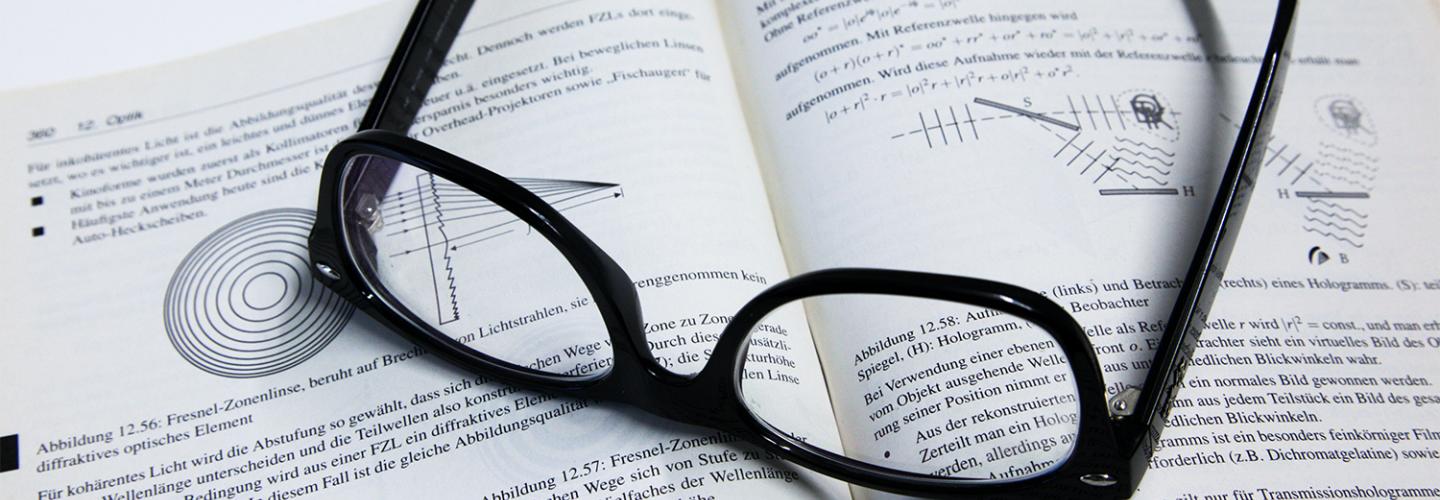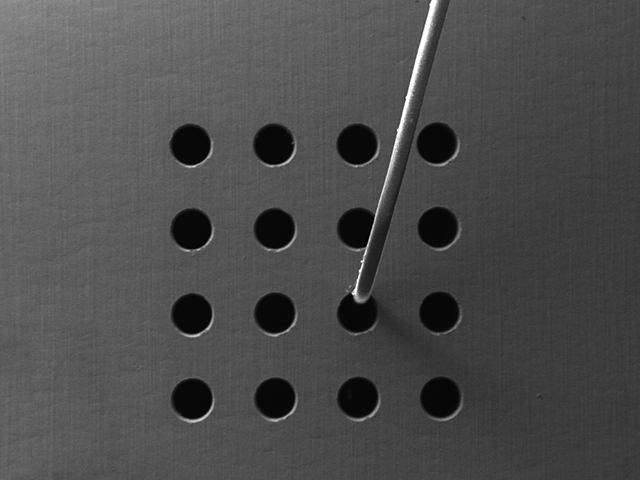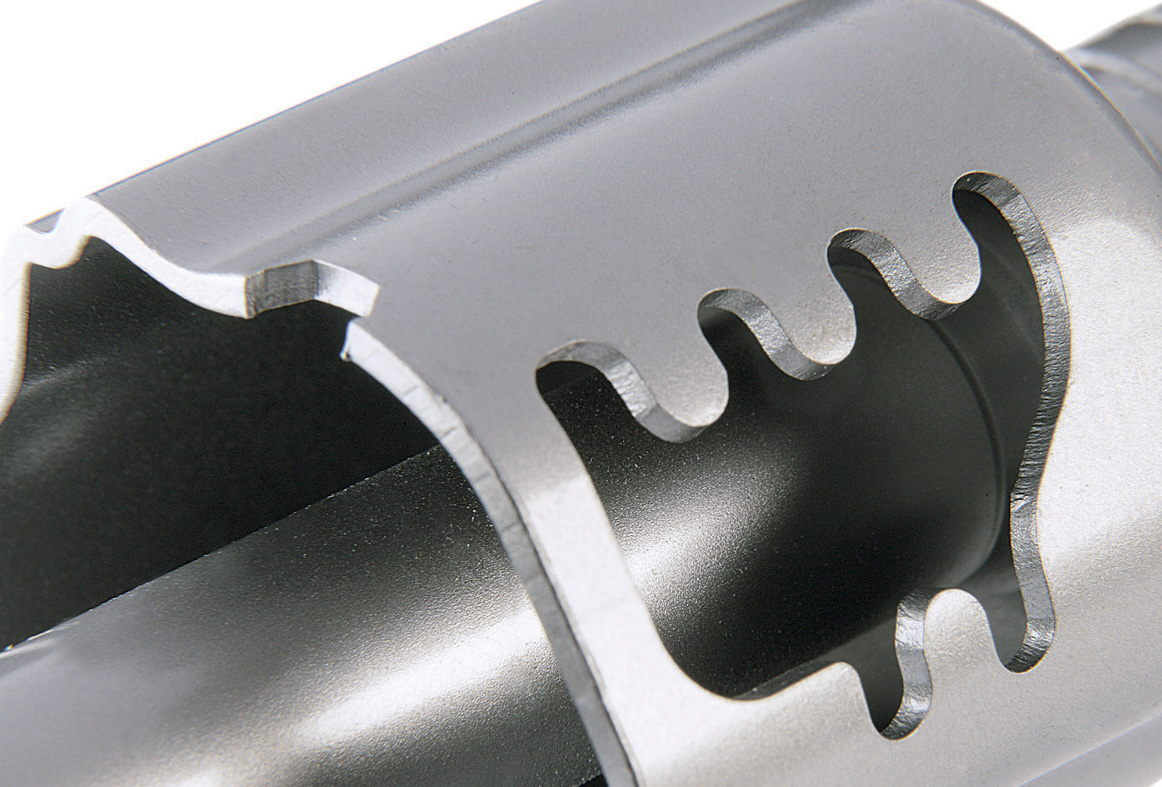Alternatively, these websites may already contain answers to the topic :
D
Drift
Drift is alteration of the image field over a long time period (from five minutes up to several hours).
At long time scales, mechanical and electronic effects occur that influence the image field. The sum of these effects is called drift. Because a large portion of these deviations is attributable to ambient temperature changes, those are evaluated separately. Drift values specified by SCANLAB are always valid for each scan axis individually.
The following specifications apply:
-
Long-term drift: The temperature-independent drift component is specified for different time regimes:
- 8 hours, after 30-minute warm-up
- 24 hours, after 3-hour warm-up
Prerequisites here are constant ambient temperature and steady work load of the scan system. -
Temperature drift: Ambient temperature fluctuations are specified in accordance with the magnitude of temperature change.
Temperature and long-term drift specifications consist of error values for offset and gain:
- Offset: Shifting of the image field specified as an angle per temperature change (offset error).
-
Gain: Deviation in image field scaling specified as percent deviation per temperature change (gain error).
Systems with low drift
For drift-sensitive applications, systems with digital encoders (also see digital encoder technology) can be advantageous.
Be careful to maintain constant environmental conditions.
Lasers as Tools
By transforming lasers into universal tools, scanning solutions help to add functionality and value to materials. SCANLAB's broad palette of scanning solutions fulfills demands for higher speed, more precision, greater efficiency or improved environmental compatibility.









